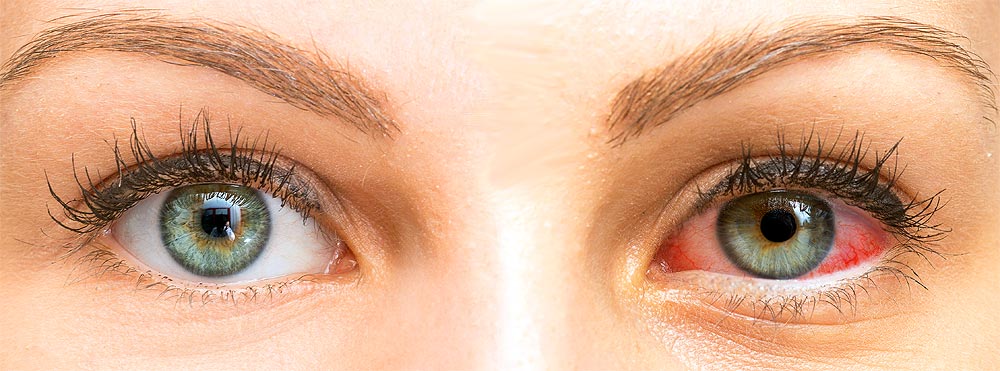What is Ocular Allergies?
Allergies affect over 20% of the general population and are on the rise in many developed countries. The specific reason for the increasing prevalence of allergies has not been determined; some believe it is due to the effects of pollution in urban areas while others consider that modern lifestyles don't allow for enough childhood exposure to allergens to become acclimated to them
.

Allergies affect over 20% of the general population and are on the rise in many developed countries. The specific reason for the increasing prevalence of allergies has not been determined; some believe it is due to the effects of pollution in urban areas while others consider that modern lifestyles don't allow for enough childhood exposure to allergens to become acclimated to them.
Ocular allergies are often accompanied by allergic rhinitis (nasal symptoms). This is partly due to the fact that the eyes and nose are so closely connected by the tear ducts; substances that enter the eye can then flow downward into the nose. Symptoms include:
